 Backend Development
Backend Development Python Tutorial
Python Tutorial Pygame Installation Guide: An easy-to-understand introductory tutorial
Pygame Installation Guide: An easy-to-understand introductory tutorial
Pygame installation tutorial: a simple and easy-to-understand getting started guide, specific code examples are required
Introduction:
Pygame is a very popular tool for developing 2D games Python library. It provides rich functions and easy-to-use interfaces, making game development easier and more interesting. This article will introduce you to the installation process of Pygame and provide specific code examples to help beginners get started quickly.
1. Install Python and Pygame
- Download Python and Pygame: First you need to install Python, you can download the appropriate one from the official website (https://www.python.org/downloads/) version of your own operating system and install it. Next, enter the following command on the command line to install Pygame:
pip install pygame
- Verify installation: After the installation is complete, you can enter the following command on the command line to verify whether Pygame is successfully installed:
python -m pygame.examples.aliens
If you see an asteroid spacecraft moving on the screen, then Pygame has been successfully installed.
2. Create a simple Pygame game
Let’s create a simple Pygame game below so that you can better understand the basic usage of Pygame.
-
Import Pygame:
import pygame from pygame.locals import *
-
Initialize the game:
pygame.init()
-
Settings window:
width, height = 640, 480 screen = pygame.display.set_mode((width, height)) pygame.display.set_caption("My Game") -
Set the game loop:
running = True while running: for event in pygame.event.get(): if event.type == pygame.QUIT: running = False pygame.display.flip() -
Close the game:
pygame.quit()
3. Draw a simple graphic
Below we will draw a simple graphic on the window.
-
Set background color:
background = pygame.Surface(screen.get_size()) background.fill((255, 255, 255))
-
Draw graphics:
pygame.draw.circle(background, (0, 0, 255), (320, 240), 30)
-
Draw graphics to the screen Above:
screen.blit(background, (0, 0))
4. Event processing
Event processing in Pygame is very important, it allows us to respond to user operations.
-
Keyboard event processing:
for event in pygame.event.get(): if event.type == pygame.KEYDOWN: if event.key == K_UP: # 处理向上键按下的操作 elif event.key == K_DOWN: # 处理向下键按下的操作 elif event.key == K_LEFT: # 处理向左键按下的操作 elif event.key == K_RIGHT: # 处理向右键按下的操作 -
Mouse event processing:
for event in pygame.event.get(): if event.type == pygame.MOUSEBUTTONDOWN: if event.button == 1: # 处理鼠标左键按下的操作 elif event.button == 2: # 处理鼠标中键按下的操作 elif event.button == 3: # 处理鼠标右键按下的操作
5. Summary
Through the brief introduction of this article, we learned how to install Pygame and create a simple Pygame game, while also learning how to draw graphics and handle events. Pygame provides more rich functions, allowing us to develop more excellent 2D games. I hope this article can help beginners get started with Pygame smoothly and stimulate everyone's interest in game development.
The above is the detailed content of Pygame Installation Guide: An easy-to-understand introductory tutorial. For more information, please follow other related articles on the PHP Chinese website!
 win11安装语言包错误0x800f0950什么原因Jul 01, 2023 pm 11:29 PM
win11安装语言包错误0x800f0950什么原因Jul 01, 2023 pm 11:29 PMwin11安装语言包错误0x800f0950什么原因?当我们在给windows11系统安装新语言包时,有时会遇到系统提示错误代码:0x800f0950,导致语言包安装流程无法继续进行下去。导致这个错误代码一般是什么原因,又要怎么解决呢?今天小编就来给大家说明一下win11安装语言包错误0x800f0950的具体解决步骤,有需要的用户们赶紧来看一下吧。win11电脑错误代码0x800f0950解决技巧1、首先按下快捷键“Win+R”打开运行,然后输入:Regedit打开注册表。2、在搜索框中输入“
 如何在 Google Docs 中安装自定义字体Apr 26, 2023 pm 01:40 PM
如何在 Google Docs 中安装自定义字体Apr 26, 2023 pm 01:40 PMGoogleDocs在学校和工作环境中变得很流行,因为它提供了文字处理器所期望的所有功能。使用Google文档,您可以创建文档、简历和项目提案,还可以与世界各地的其他用户同时工作。您可能会注意到GoogleDocs不包括MicrosoftWord附带的所有功能,但它提供了自定义文档的能力。使用正确的字体可以改变文档的外观并使其具有吸引力。GoogleDocs提供了大量字体,您可以根据自己的喜好从中选择任何人。如果您希望将自定义字体添加到Google文档,请继续阅读本文。在本文中
 Pygame安装详解:一步步教你安装并配置开发环境Feb 20, 2024 pm 04:54 PM
Pygame安装详解:一步步教你安装并配置开发环境Feb 20, 2024 pm 04:54 PMPygame安装详解:一步步教你安装并配置开发环境,需要具体代码示例引言:Pygame是一个基于Python的游戏开发库,它提供了丰富的工具和函数,使游戏开发变得简单而有趣。本文将详细介绍如何安装Pygame,并配置开发环境,同时提供具体的代码示例。第一部分:安装Pygame安装Python:在开始安装Pygame之前,首先需要确保你的电脑上已经安装了Pyt
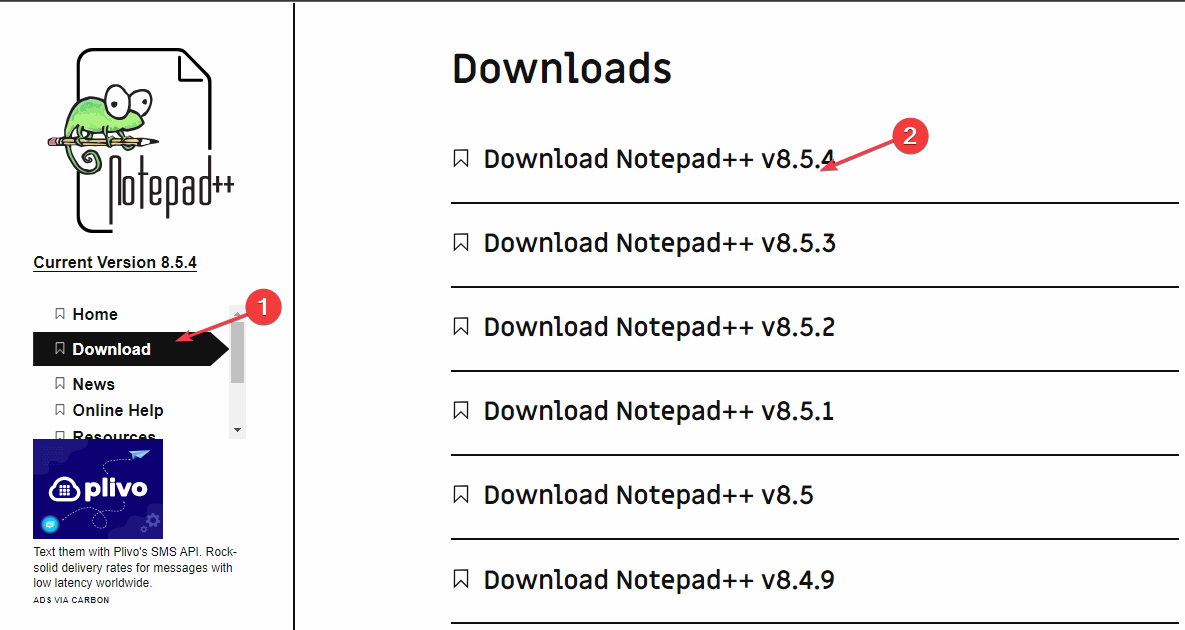 适用于 Windows 11 的记事本++:如何下载和安装它Jul 06, 2023 pm 10:41 PM
适用于 Windows 11 的记事本++:如何下载和安装它Jul 06, 2023 pm 10:41 PMNotepad++主要由开发人员用于编辑源代码,由临时用户用于编辑文本。但是,如果您刚刚升级到Windows11,则在您的系统上下载和安装该应用程序可能具有挑战性。因此,我们将讨论在Windows11上下载和安装记事本++。此外,您可以轻松阅读我们关于修复Notepad++在Windows上没有响应的详细指南。记事本++可以在Windows11上运行吗?是的,记事本++可以在Windows11上有效工作,而不会出现兼容性问题。更具体地说,没有臃肿的选项或错误,只需在一个非常小的编辑器中即可。此外
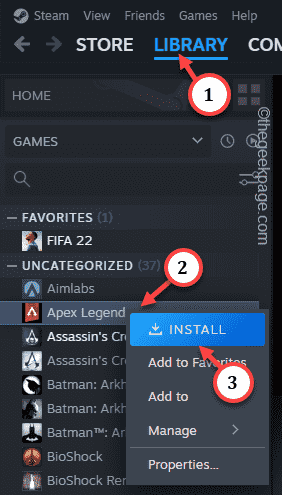 Steam 未检测到 Windows 11/10 中已安装的游戏,如何修复Jun 27, 2023 pm 11:47 PM
Steam 未检测到 Windows 11/10 中已安装的游戏,如何修复Jun 27, 2023 pm 11:47 PMSteam客户端无法识别您计算机上的任何游戏吗?当您从计算机上卸载Steam客户端时,会发生这种情况。但是,当您重新安装Steam应用程序时,它会自动识别已安装文件夹中的游戏。但是,别担心。不,您不必重新下载计算机上的所有游戏。有一些基本和一些高级解决方案可用。修复1–尝试在同一位置安装游戏这是解决这个问题的最简单方法。只需打开Steam应用程序并尝试在同一位置安装游戏即可。步骤1–在您的系统上打开Steam客户端。步骤2–直接进入“库”以查找您拥有的所有游戏。第3步–选择游戏。它将列在“未分类
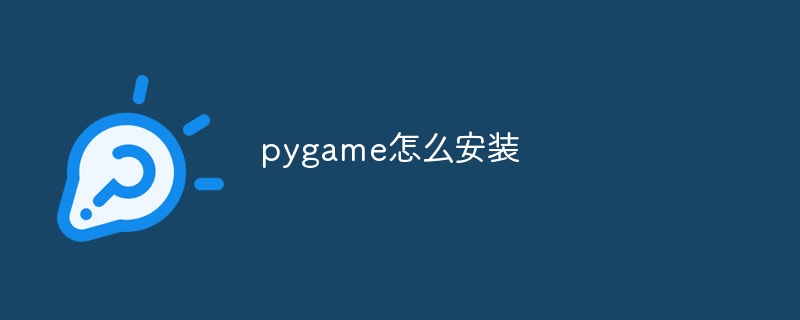 pygame怎么安装Nov 27, 2023 pm 03:49 PM
pygame怎么安装Nov 27, 2023 pm 03:49 PMpygame安装步骤:1、使用“python --version”命令查看安装的Python版本;2、安装pip;3、下载pygame;4、进入cmd,输入命令pip install wheel,安装wheel;5、在cmd中进入.whl文件的目录;6、cmd中输入Python,然后输入import pygame查看安装是否成功;7、在编辑器设置中安装pygame即可。
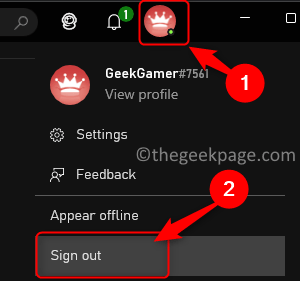 修复:在 Xbox 应用上的 Halo Infinite(Campaign)安装错误代码 0X80070032、0X80070424 或 0X80070005May 21, 2023 am 11:41 AM
修复:在 Xbox 应用上的 Halo Infinite(Campaign)安装错误代码 0X80070032、0X80070424 或 0X80070005May 21, 2023 am 11:41 AM<p><strong>HaloInfinite(Campaign)</strong>是一款第一人称射击视频游戏,于2021年11月推出,可供单人和多用户使用。该游戏是Halo系列的延续,适用于Windows、XboxOne和Xbox系列的用户X|S。最近,它还在PC版XboxGamePass上发布,以提高其可访问性。大量玩家报告在尝试使用WindowsPC上的<strong>Xbox应
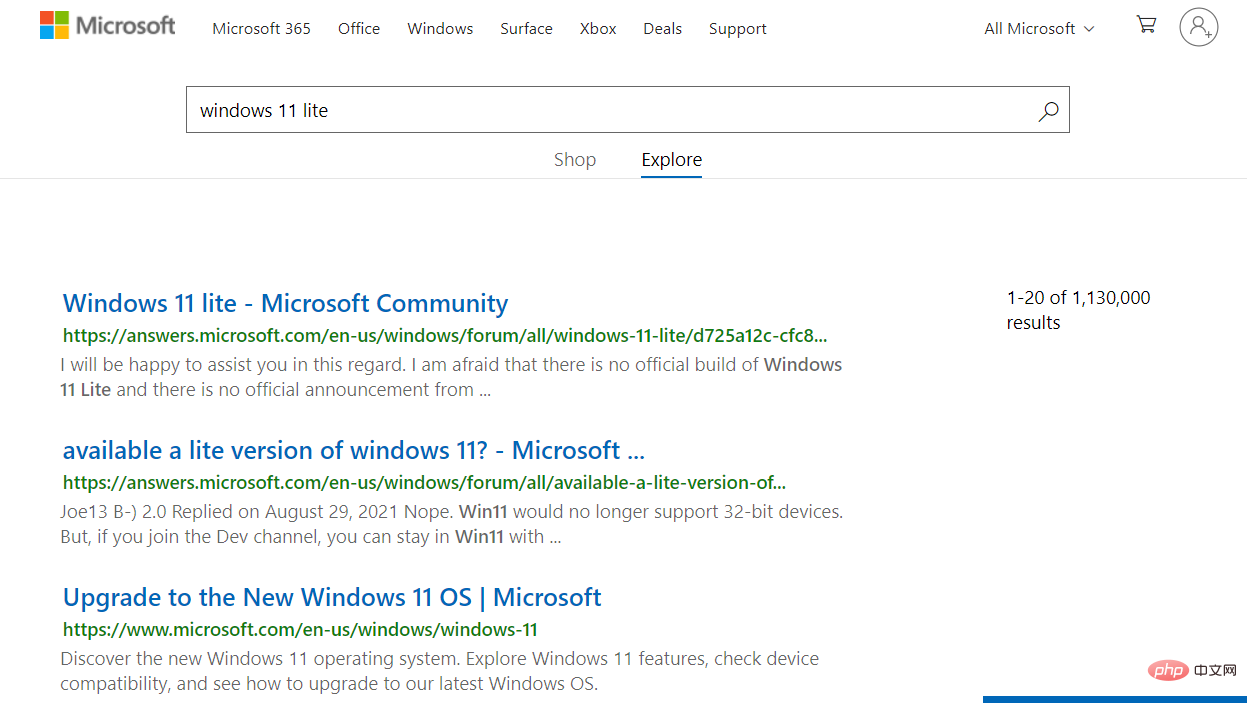 Windows 11 Lite:它是什么以及如何在您的 PC 上安装它Apr 14, 2023 pm 11:19 PM
Windows 11 Lite:它是什么以及如何在您的 PC 上安装它Apr 14, 2023 pm 11:19 PM我们深知MicrosoftWindows11是一个功能齐全且设计吸引人的操作系统。但是,用户一直要求Windows11Lite版本。尽管它提供了重大改进,但Windows11是一个资源匮乏的操作系统,它可能很快就会使旧机器混乱到无法顺利运行的地步。本文将解决您最常问的关于是否有Windows11Lite版本以及是否可以安全下载的问题。跟着!有Windows11Lite版本吗?我们正在谈论的Windows11Lite21H2版本是由Neelkalpa的T


Hot AI Tools

Undresser.AI Undress
AI-powered app for creating realistic nude photos

AI Clothes Remover
Online AI tool for removing clothes from photos.

Undress AI Tool
Undress images for free

Clothoff.io
AI clothes remover

AI Hentai Generator
Generate AI Hentai for free.

Hot Article

Hot Tools

Dreamweaver CS6
Visual web development tools

Zend Studio 13.0.1
Powerful PHP integrated development environment

Safe Exam Browser
Safe Exam Browser is a secure browser environment for taking online exams securely. This software turns any computer into a secure workstation. It controls access to any utility and prevents students from using unauthorized resources.

SublimeText3 Mac version
God-level code editing software (SublimeText3)

Atom editor mac version download
The most popular open source editor





